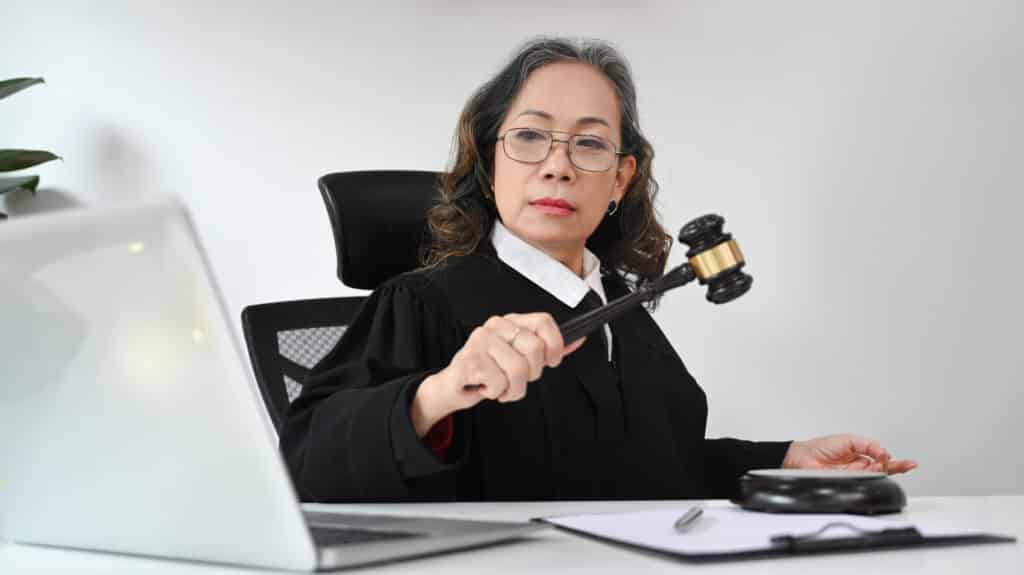How Legal Videography Enhances Courtroom Presentations and Proof
How Legal Videography Enhances Courtroom Presentations and Proof
Blog Article
Discovering the Vitality of Legal Videography: a Comprehensive Insight Into Its Capability in Maintaining Accurate Visual Records for Legal Instances
Legal videography stands as a critical part in the world of lawful proceedings, acting as a silent yet effective observer in the quest of justice. The usage of video clip innovation in documenting lawful cases goes beyond plain record-keeping; it encapsulates the extremely essence of events, emotions, and testaments that unfold within courtrooms. By diligently recording visual evidence, lawful videography not just protects the accuracy of these minutes but additionally provides a much deeper understanding of the ins and outs involved. As we dive into the functionality and importance of lawful videography in the context of lawful cases, an extensive realization dawns upon the essential function it plays in shaping the program of justice.
Value of Lawful Videography
Highlighting the pivotal duty of lawful videography in contemporary lawful proceedings, its relevance depends on its ability to supply undeniable visual evidence that improves the presentation of statements and realities. By recording live occasions, depositions, and witness statements in a video clip layout, lawful videography guarantees that every nuance, detail, and expression is accurately preserved for later testimonial. This visual paperwork functions as a powerful device in courts, permitting judges and jurors to better understand the context of a case and make informed decisions based on today evidence.
Moreover, lawful videography contributes to raised openness and liability in the legal system. In essence, the value of legal videography exists in its capability to support the integrity of the lawful process by recording and maintaining exact visual documents that sustain the pursuit of justice.
Functionality in Lawful Documents
Lawful videography's role in modern-day legal procedures extends past offering aesthetic evidence; its capability in lawful paperwork is important for properly protecting the information of events and statements. Through the careful recording of depositions, courtroom process, witness statements, and criminal offense scene examinations, legal videography makes sure an unfiltered account of occasions that can be taken another look at and examined during the legal procedure. This accurate paperwork functions as a vital source for courts, lawyers, and judges to reference particular moments, body movement, facial expressions, and subtleties that may not be totally recorded in composed records alone.
In addition, legal videography plays a pivotal function in keeping the integrity of legal procedures by minimizing the danger of false impression or manipulation of information. The visual records caught via legal videography supply an honest depiction of the realities provided throughout a case, offering a trusted and thorough source of evidence that can considerably affect the outcome of legal disagreements (Legal Videography). Fundamentally, the functionality of legal videography in lawful documents works as a cornerstone in supporting transparency, accuracy, and fairness within the lawful system
Relevance in Visual Proof Conservation
Maintaining visual proof through thorough recording methods is a crucial facet of legal videography. By properly documenting these visuals, lawful videographers play an important duty in making sure the stability and credibility of evidence offered in court.
Visual proof preservation likewise helps in protecting against misunderstandings or false impressions that can occur from created or spoken statements. The capacity to see and hear events as they took place can considerably impact the end result of a case. Visual evidence can serve as a powerful device for both the prosecution and protection in presenting their disagreements persuasively.
Duty in Ensuring Justice
In the pursuit of simply lawful and fair outcomes, the function of lawful videography is crucial. Lawful videography plays a critical duty in making sure justice by supplying exact and honest visual proof that can considerably influence the result of legal instances.
Additionally, legal videography acts as a method of protecting vital moments and information that might be missed or misunderstood in created transcripts (Legal Videography). By recording scenes, actions, and communications in real-time, lawful videography helps prevent misstatements and ensures that all celebrations involved have access to the exact same information, advertising transparency and liability in the legal procedure. Eventually, making use of lawful videography not only improves the efficiency of lawful proceedings but likewise upholds the concepts of justice and equity in the lawful system
Crucial Tool for Legal Cases

Conclusion
Finally, lawful videography plays a critical function in protecting accurate aesthetic records for legal cases. Its value exists in its performance in legal documents, value in visual evidence conservation, and function in ensuring justice. As an essential tool for lawful cases, lawful videography serves as a valuable source for providing aesthetic proof and adding to the overall honesty of the legal procedure.
Legal videography's duty in contemporary legal process prolongs past offering aesthetic evidence; its functionality in lawful paperwork is essential for precisely preserving the information of events and statements. In essence, the performance of lawful videography in legal paperwork serves as a keystone in maintaining openness, accuracy, and justness Legal Videography within the lawful system.
Ultimately, the usage of lawful videography not only improves the efficiency of legal process yet also upholds the concepts of justice and equity in the lawful system.

As an important tool for lawful cases, lawful videography serves as a useful resource for offering visual proof and contributing to the total integrity of the lawful process.
Report this page